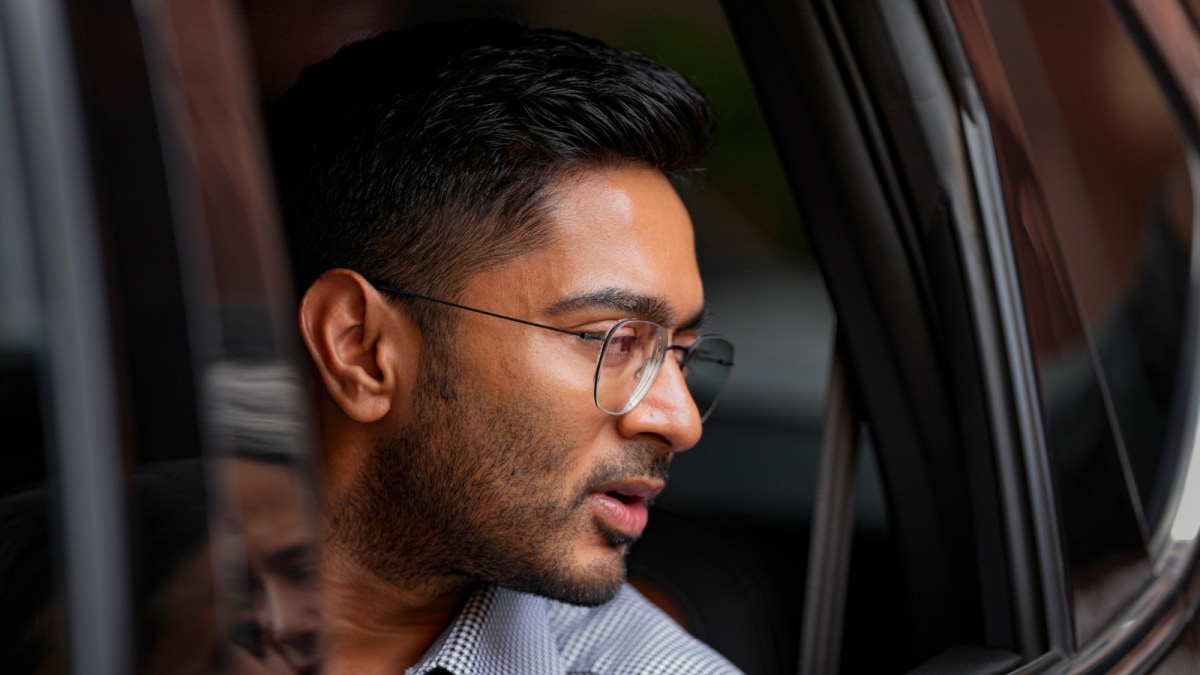The iconic Fort St. David in Cuddalore, which was once the seat of power of the British in south India and housed their top echelons, is soon expected to get a new lease of life with the district administration working on a fresh conservation and restoration effort of the structure.
“The over 300-year-old heritage structure is presently under the maintenance and control of the Arcot Lutheran Church. The district administration is working on a proposal for restoration of the structure at an estimated cost of ₹15 crore. We have sought the permission of the ALC and they have responded positively. We will be sending the proposal to the State government in a week’s time,” District Collector Sibi Adhithya Senthil Kumar said.
“The administration will take the support of heritage experts and work on a conservation plan. The building will be restored while it will remain under the control of the Church. We have planned for adaptive reuse of the building by allowing tourists in consultation with the Church,” the Collector added.
An official said the work on restoration of two heritage structures — the Port Officer’s building and the Medical Officer’s building — located in the vicinity of Fort St. David had been approved and work would begin shortly. “We are planning on an ensemble of heritage structures,” he said.
Built by the erstwhile rulers of Gingee as a small fort, it came under the Marathas after Shivaji captured Gingee in 1677 and remained under their possession till 1690. “The fort and the land nearby at Devanampattinam were bought by the British from the Marathas in 1690 through an interesting sale agreement,” according to N. Sethuraman, Associate Professor of History, Periyar Government Arts College, Cuddalore.
“Cannon balls were fired in all directions and all land that fell within the range became a British settlement. The areas surrounding the fort are still known as cannon ball villages,” he said.
Elihu Yale, the then Governor of Madras, after protracted negotiations, acquired the fort and named it Fort St. David after a Welsh saint.
Located on the banks of the Gedilam River, the fortifications were repaired in 1702 and it remained the most important possession on the Coromandel Coast after Fort St. George.
The fort also remained the capital of the British in south India for a brief period after the capture of Madras by La Bourdonnais in 1746.
“However, after Fort St. George was restored to the British by the French in 1748 under the Treaty of Aix-la-Chapelle, Fort St. David started losing its importance. In 1758, the French recaptured it, but abandoned it in 1761 following the capture of Pondicherry (now Puducherry) by the British. After recurring rivalry, it finally passed into British possession in 1785. Although Fort St. David was restored, it failed to recover its old glory,” Mr. Sethuraman said.
In 1921, the Fort was bought by the Danish Missionary Society from the British. The structure is now maintained by ALC and is mainly used for conducting Church meetings.
The structure suffered extensive damage after Cyclone Thane struck the Cuddalore coast in 2011. The strong winds chipped away a portion of the fortified wall and the structure.
Cuddalore has an impressive history, as the coastal hamlet of Devanampattinam, where Fort St. David is located, initially served as the headquarters of the East India Company before it was shifted to Chennapattinam.
The Fort forms part of an ensemble of several important buildings, including Robert Clive’s bungalow in the town.
Fort St. David holds memorable stories of many British officers, the notables being Major-General Stringer Lawrence, who successfully defended Fort St. David from French attacks many times; Robert Clive who was appointed its Governor in 1756; and Benjamin Robins, the Engineer-General of India who drafted plans to fortify Fort St. David and died here with a pen in hand.

 2 days ago
6
2 days ago
6









 English (US) ·
English (US) ·